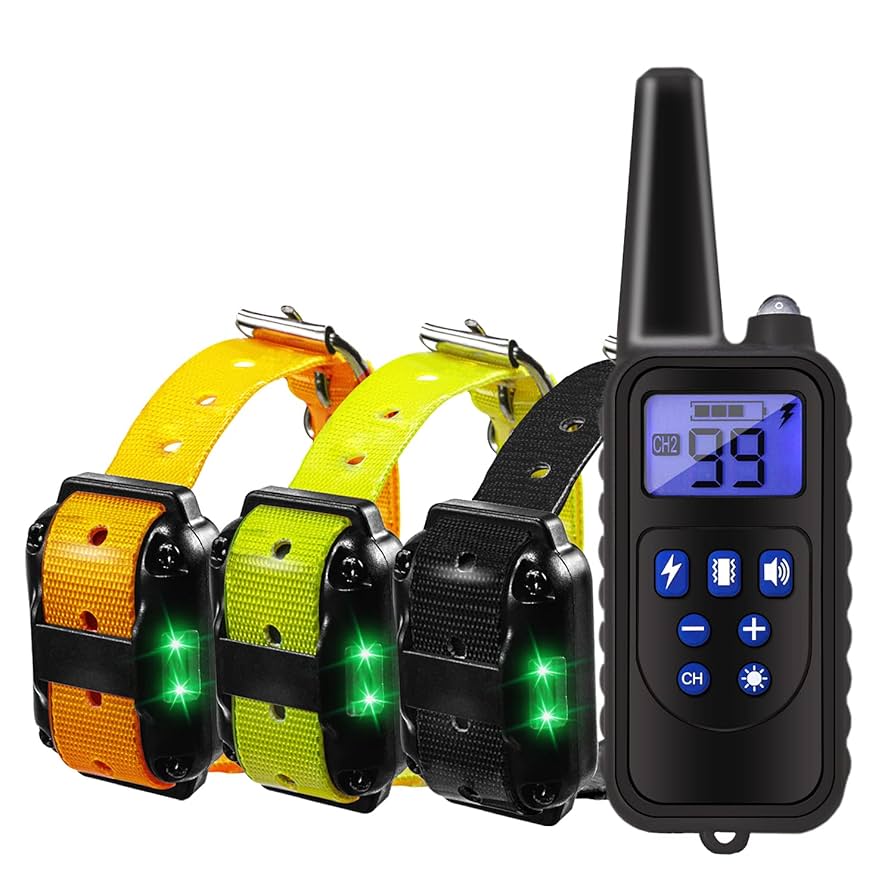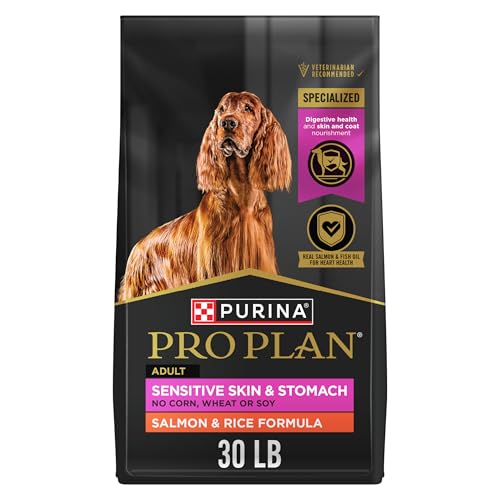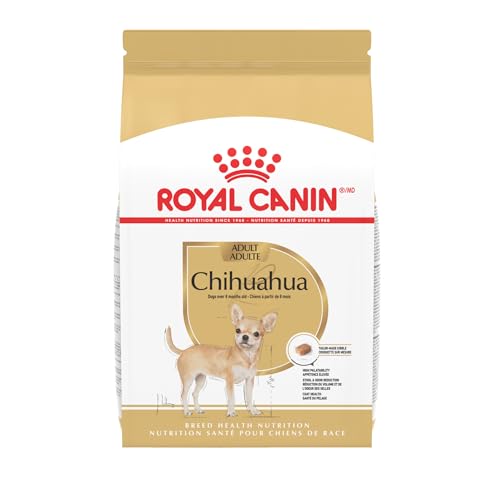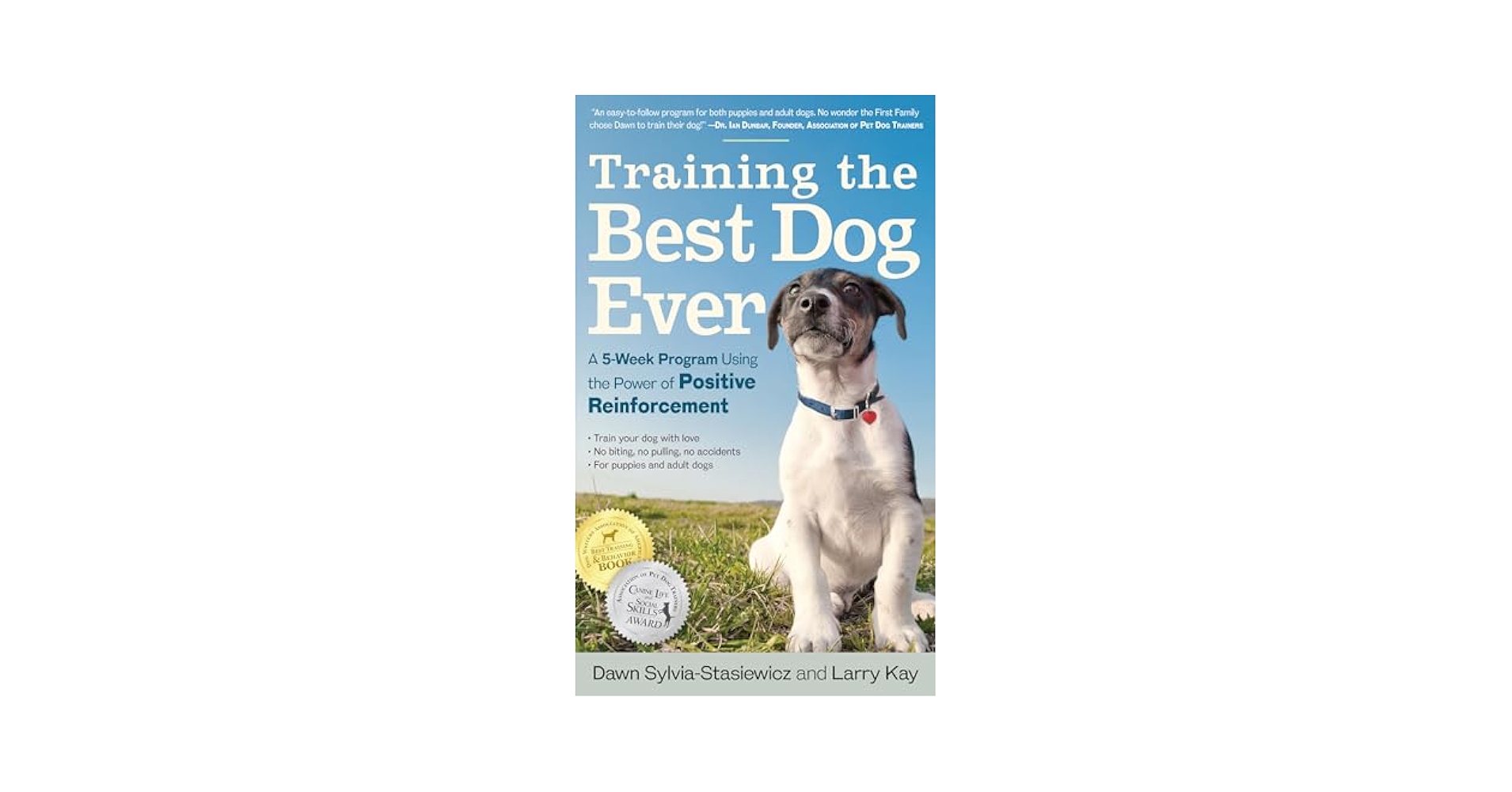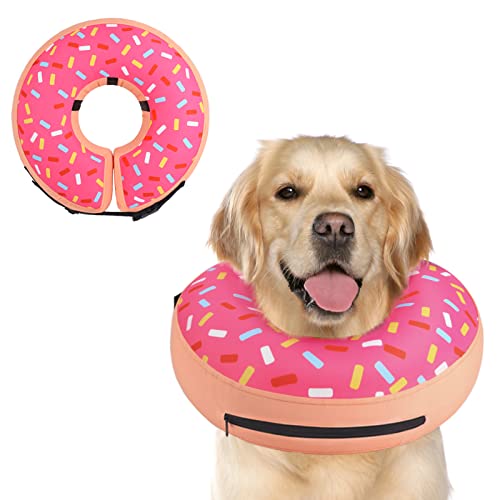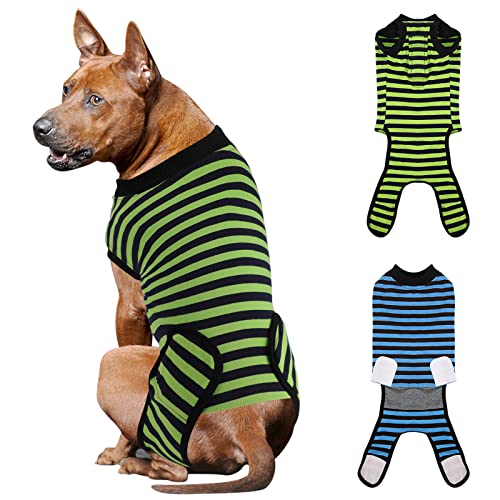Have you noticed your dog suddenly growling or snapping when you get close to their food, toys, or favorite spot? It can be confusing and even a little scary when your usually friendly pet starts guarding things fiercely.
Understanding why your dog is suddenly resource guarding is key to keeping both of you safe and happy. You’ll discover the surprising reasons behind this behavior and learn simple steps to help your dog feel more relaxed and trusting. Keep reading to find out what’s really going on in your dog’s mind and how you can bring back the calm and connection you both deserve.

Credit: www.preventivevet.com
Understanding Resource Guarding
Understanding why your dog suddenly starts resource guarding can be confusing and even a little alarming. Resource guarding is a natural behavior, but it can become problematic if it appears out of nowhere or escalates quickly. Grasping what resource guarding really means and recognizing its signs can help you respond calmly and effectively.
Definition And Characteristics
Resource guarding is when a dog tries to protect something they value, such as food, toys, or even a favorite resting spot. This behavior is driven by instinct—dogs want to make sure they keep important resources safe. It’s not about being mean; it’s about feeling secure.
Resource guarding can show up as anything from a slight stiffening to growling, snapping, or even biting. It can happen suddenly, especially if your dog feels threatened or stressed. Think about whether any recent changes—like a new pet, a move, or a change in routine—could be triggering this protective behavior.
Common Signs In Dogs
- Stiff body posture:Your dog’s body becomes rigid when someone approaches their prized item.
- Growling or snarling:Vocal warnings often happen before more intense actions.
- Snapping or biting:This is a serious sign that your dog feels strongly about guarding.
- Freezing or staring:Sometimes dogs freeze or stare intensely at anyone near their resource.
- Eating quickly or hiding items:Dogs may eat faster or stash toys and food in secret spots.
Have you noticed your dog suddenly acting differently when you get near their food bowl or toys? Recognizing these signs early can help you prevent a difficult situation and keep your relationship strong. How do you think your dog’s environment or experiences might be influencing this change?
Causes Of Sudden Resource Guarding
Sudden resource guarding in dogs can feel confusing and alarming. Understanding the causes helps in managing this behavior effectively. Several factors can trigger a dog to guard food, toys, or spaces. Identifying these causes is the first step toward a calm and safe environment.
Environmental Changes
Changes in the dog’s surroundings can spark guarding behavior. Moving to a new home or rearranging furniture may make your dog feel insecure. New people or pets in the house can also increase guarding instincts. Dogs rely on familiar settings to feel safe, so disruptions can trigger protectiveness.
Health Issues
Illness or pain can cause a dog to guard resources more fiercely. A dog in discomfort may worry about losing access to food or resting spots. Medical problems like dental pain or digestive issues can change behavior quickly. Always check with a vet if guarding appears suddenly and without clear reason.
Social Dynamics
Changes in the dog’s social group can lead to guarding. New dogs or animals in the home may cause competition for resources. Even changes in the family’s routine can affect a dog’s sense of hierarchy. Dogs try to protect what they value when unsure about their place in the group.
Stress Factors
Stress is a powerful trigger for resource guarding. Loud noises, visitors, or changes in routine can raise stress levels. Stress makes dogs feel less secure and more protective of their belongings. Managing stress through calm routines and safe spaces can reduce guarding behaviors.
Impact On Dog Behavior
Resource guarding can change your dog’s behavior in ways that might surprise you. These changes don’t just affect your dog but ripple through your daily interactions and routines. Understanding these shifts helps you respond better and keep your bond strong.
Aggression And Anxiety
Sudden resource guarding often triggers aggressive behaviors like growling, snapping, or even biting. These actions are your dog’s way of protecting what they value most, but they can be scary and dangerous.
Alongside aggression, anxiety often spikes. Your dog may seem more restless, jumpy, or even avoid situations where guarding might happen. Have you noticed your dog tensing up when you approach their food bowl or favorite toy?
This tension can lead to a cycle where anxiety feeds aggression and vice versa, making your dog feel trapped in a stressful state. Recognizing these signs early gives you a chance to calm your dog before things escalate.
Effects On Human-dog Relationship
Resource guarding can strain your relationship with your dog. Trust issues may arise if your dog starts to see you as a threat to their valued items.
You might find yourself avoiding certain interactions, like reaching for their bowl or petting them while they have a toy. This cautious behavior can make your dog feel isolated or misunderstood.
Ask yourself: Are you unintentionally reinforcing guarding by backing off too quickly, or are you pushing too hard and causing more stress? Finding a balance is key to rebuilding trust and easing your dog’s fears.
By staying patient and consistent, you can help your dog feel safe and secure again, turning these challenging moments into opportunities for deeper connection.
Assessing Your Dog’s Behavior
Understanding why your dog suddenly starts resource guarding begins with careful observation. Assessing your dog’s behavior helps reveal the reasons behind this change. Watch closely and gather information. This approach aids in managing and reducing guarding tendencies effectively.
Identifying Triggers
Pay attention to what causes your dog to guard. It could be food, toys, or even certain spaces. Notice if new people or pets trigger the behavior. Sudden changes in the environment can also play a role. Recognizing specific triggers helps in addressing the problem calmly.
Observing Patterns
Look for consistent signs before your dog guards. Does it happen at certain times or places? Note if your dog growls, stiffens, or blocks access. Keep a log to spot trends over days or weeks. Patterns provide clues about your dog’s feelings and needs.
Preventive Measures
Preventive measures help stop resource guarding before it worsens. Building trust between you and your dog is key. These steps make your dog feel safe and less anxious about their belongings.
Consistency and patience are important. Teaching good habits early can prevent guarding behaviors later on. Creating a calm environment supports your dog’s comfort and willingness to share.
Training Techniques
Use positive reinforcement to reward calm behavior near valued items. Teach your dog commands like “leave it” and “drop it.” Practice trading games by offering treats in exchange for toys. This shows your dog that giving up items leads to good things.
Keep training sessions short and fun. Avoid punishment, as it may increase fear and guarding. Gradually introduce distractions and different people during training to build confidence.
Creating Safe Spaces
Provide a quiet, comfortable area where your dog can relax. This space should have their bed, toys, and food. Make sure family members respect this zone and avoid disturbing your dog here.
Safe spaces reduce stress and help your dog feel secure. Place water nearby and keep the area clean. A cozy spot encourages your dog to rest and lowers guarding instincts.

Credit: www.instagram.com
Solutions For Resource Guarding
Resource guarding can cause stress for both dogs and owners. Finding the right solution helps keep your dog calm and safe. Solutions often involve training, behavior changes, and sometimes medical help. Each dog needs a plan that fits their specific needs and personality.
Professional Training
Professional trainers understand the root causes of guarding. They teach your dog to share and feel secure. Trainers use positive methods to change guarding behavior. Sessions focus on trust-building and clear communication. Trainers also guide owners on managing guarding safely at home.
Behavioral Modification Strategies
Behavioral strategies help your dog learn new habits. Techniques include desensitization and counter-conditioning. Gradual exposure to triggers reduces guarding over time. Rewarding calm behavior encourages sharing and trust. Consistency and patience are key to success in this process.
Medication And Therapy
Sometimes medication supports behavior change in guarding dogs. Vets may prescribe drugs to reduce anxiety or aggression. Therapy, such as calming exercises, complements medication. Combining medical help with training improves overall results. Always consult a vet before starting any medication plan.
When To Seek Professional Help
Knowing when to seek professional help for your dog’s sudden resource guarding can make a huge difference in managing the behavior effectively. Not all guarding behaviors require outside intervention, but some signs indicate that your dog needs expert support. Understanding these signs can help you act before the situation escalates.
Recognizing Severe Cases
Some resource guarding behaviors are more intense and dangerous than others. If your dog growls, snaps, or bites when you approach their food or toys, it’s a clear sign that the behavior is severe. You should also watch for guarding that extends beyond food—like protecting space, people, or other objects aggressively.
Have you noticed your dog’s guarding causing stress or fear in family members or other pets? This is another red flag. Severe guarding can create a tense home environment and increase the risk of injury, which is why early recognition is crucial.
Consulting A Veterinarian Or Behaviorist
If you spot severe guarding, the next step is to get professional guidance. A veterinarian can rule out any medical issues contributing to your dog’s behavior, such as pain or illness. Sometimes, underlying health problems can trigger sudden changes in behavior.
Behaviorists specialize in understanding and modifying challenging behaviors like resource guarding. They can design a tailored plan that fits your dog’s specific needs and your lifestyle. Don’t hesitate to ask your vet for a referral to a certified dog behaviorist or trainer who has experience with resource guarding.

Credit: pupford.com
Maintaining A Positive Environment
Creating a calm and positive space helps reduce your dog’s resource guarding. Dogs feel safer when their environment stays steady and peaceful. This lowers their need to protect food, toys, or resting spots.
Small changes in daily habits can make a big difference in your dog’s comfort. Trust grows when your dog knows what to expect. A secure dog is less likely to act out with guarding behavior.
Routine Adjustments
Keep feeding times regular and consistent. Predictable schedules help your dog relax and trust the process.
- Feed your dog at the same time every day.
- Give treats calmly and without rushing.
- Avoid sudden changes in your dog’s daily routine.
Regular walks and playtimes also add structure. This helps your dog feel safe and lowers anxiety.
Building Trust And Security
Show your dog you respect their space and belongings. Approach gently and avoid sudden moves near their food or toys.
- Use calm voices and slow gestures.
- Offer treats when near guarded items to create positive feelings.
- Allow your dog to choose when to interact.
Positive experiences build trust. Your dog learns there is no threat to their resources. This reduces guarding over time.
Frequently Asked Questions
Why Is My Dog Suddenly Guarding Food Or Toys?
Sudden resource guarding often signals stress, fear, or insecurity. Changes in environment or routine can trigger this protective behavior in dogs. It’s a way to keep valued items safe from perceived threats or competition.
Can Health Issues Cause Sudden Resource Guarding?
Yes, underlying health problems like pain or illness can make dogs more defensive. Discomfort may increase irritability, causing a dog to guard resources more aggressively than usual.
How Can I Stop My Dog’s Sudden Resource Guarding?
Start by consulting a vet to rule out health issues. Use positive reinforcement training to build trust. Avoid punishing your dog, as it may worsen guarding behaviors.
Is Sudden Resource Guarding A Sign Of Anxiety?
Resource guarding can be linked to anxiety or fear. Dogs feeling insecure may guard belongings to feel more in control and safe in their environment.
Conclusion
Sudden resource guarding in dogs can be confusing and stressful. It often shows fear or stress, not bad behavior. Watch your dog’s body language closely to spot triggers. Stay calm and patient while helping your dog feel safe. Consistent training and positive rewards can reduce guarding over time.
Seek advice from a professional trainer if needed. Understanding your dog’s feelings builds a stronger bond. Remember, small steps lead to big changes. Your dog needs your support and care. Keep learning and stay patient.

